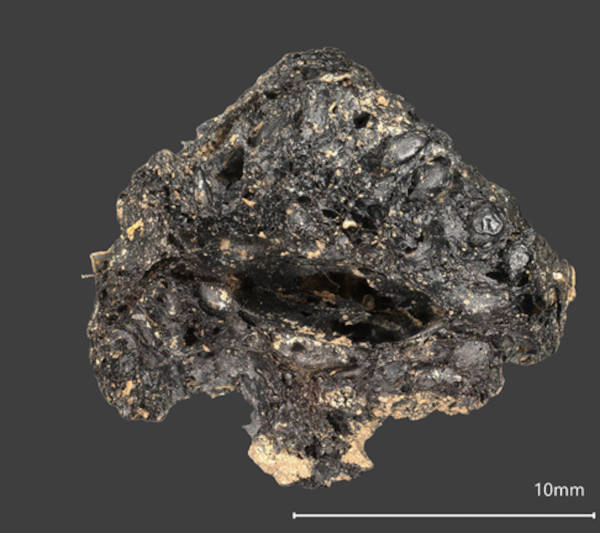🔴 Website 👉 https://u-s-news.com/
Telegram 👉 https://t.me/usnewscom_channel
A recent discovery at the Drumanagh promontory fort in North Dublin is reshaping our understanding of Ireland’s Iron Age trade networks. The find—a 2,000-year-old charred fig—is the earliest evidence of exotic fruits in Ireland, suggesting links to the Roman Empire. The fruit, along with other goods, indicates the island’s participation in international trade and its early taste for luxury.
Drumanagh: Ireland’s Iron Age Trade Hub
The Drumanagh promontory fort, a 46-acre site on the windswept cliffs of County Dublin, has long been considered an important Iron Age trading hub. Excavations led by Christine Baker, Fingal County Council’s Heritage Officer, have uncovered extensive evidence of trade and domestic life, including Roman metal and ceramic objects from Spain, Gaul, and Britain, notes the University College Dublin release.
The fort’s strategic coastal location allowed it to serve as a gateway for goods and cultural exchange. Among the findings are remains of spelt wheat, olive oil, and other goods rarely seen in prehistoric Ireland. This suggests that the site wasn’t merely receiving Roman goods but had adopted aspects of Roman culinary and material culture.
A Rare and Exotic Fruit
The discovery of the charred fig is a first for Ireland. Associate Professor Meriel McClatchie, Director of the UCD Ancient Foods research group, described it as unparalleled:
“An actual fruit has never been found in Ireland until now, but what is most important about the Drumanagh fig is its antiquity. It is by far the oldest example of an exotic fruit found here.”
While fig seeds have been unearthed at medieval sites in Dublin and Cork, this discovery predates those by over a millennium. The fig likely originated in southern Europe and traveled to Ireland via the Roman Empire’s extensive trade routes. Its presence hints at the movement of both goods and cultural practices across Europe, reaching even the fringes of the Empire’s influence.
The charred fig from the Drumanagh excavation. This image was taken at a Historic England laboratory using an AHRC-funded Keyence VHX7000 3-D digital microscope at x 30 magnification. (Historic England/University College Dublin)
A Taste of Roman Life on Irish Shores
The Drumanagh site offers a rare glimpse into the lives of Iron Age inhabitants who interacted with the Roman world. Analysis of food remains shows they consumed spelt wheat, a staple in Roman Britain, alongside olive oil and figs. These items suggest that the local population adopted Roman-inspired diets, reflecting the broader cultural exchange.
Christine Baker notes:
“By these windswept cliffs, people were consuming spelt bread, olive oil, and figs, drinking from glass vessels and fine ceramic cups, while wearing brooches and glass beads.”
The artifacts and food remains found at Drumanagh point to a connection with Roman Britain, specifically the Chester/Wirral region, during the first two centuries of Roman occupation.
Ireland’s Place in Ancient Trade
The discovery of the fig underscores Ireland’s active participation in ancient trade networks, despite remaining outside the Roman Empire’s territorial control. Goods from the Mediterranean and Roman Britain not only reached Irish shores but also influenced local customs and consumption.
Drumanagh continues to offer invaluable insights into the complex web of interactions between Ireland and the wider ancient world, cementing its place as a site of national and international significance.
Top image: Drumanagh Promontory Fort, County Dublin. Inset, The charred fig from the Drumanagh excavation. Source: Fingal County Council, Inset; Historic England/University College Dublin
By Gary Manners
